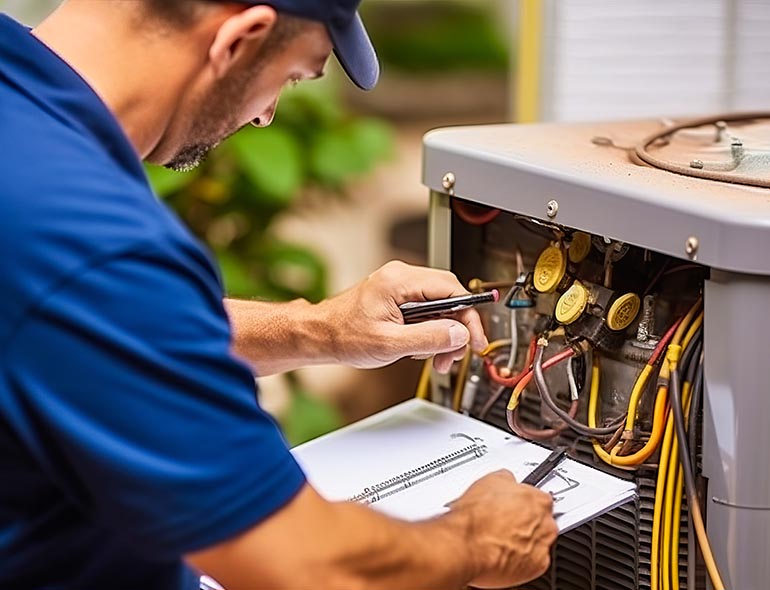
Common HVAC Repairs and Solutions for the Fall Season
Fall marks the start of the busiest stretch for HVAC contractors nationwide. When the temperatures drop and heating systems come back online, the service calls start rolling in: no-heat complaints, poor airflow, strange noises, and electrical issues. These are predictable problems, but they’re also opportunities.
Contractors who anticipate seasonal trends, prepare their teams, and communicate clearly can turn fall repairs into long-term business growth.
What HVAC repairs are most common during the heating season?
Certain issues dominate fall service calls every year. The most frequent is no heat or furnace failure, when a system won’t start or keeps shutting off. Carbon monoxide risks also increase, often due to a cracked heat exchanger or venting issue. Frozen coils and restricted airflow are common issues in early-season repairs, usually associated with dirty filters or refrigerant problems. And as always, electrical issues (from worn wiring to failed igniters or relays) can cause complete system shutdowns.
Knowing these patterns helps contractors stock key parts, schedule service efficiently, and reassure customers who are anxious about being left without support.
How do HVAC contractors handle a no-heat service call?
When that first cold snap hits, no-heat calls flood in. Fast response and communication are key. Start with the basics: check the thermostat, filters, ignition system, and power supply. If the issue can’t be resolved on-site, clearly explain the available options: repair, replacement, or a temporary workaround.
Transparency builds trust. Offering realistic timelines or even providing a temporary heat source shows professionalism that customers remember long after the service call.
Why should carbon monoxide testing be part of every fall inspection?
Once furnaces run continuously again, the risk of carbon monoxide (CO) leaks increases. CO is odourless and invisible, and even small leaks can create serious health risks. Including CO testing in fall maintenance appointments not only protects homeowners but also builds credibility for contractors. Recommending detectors or annual safety checks is an easy, low-cost upsell that demonstrates care and expertise. Many HVAC companies now include CO testing as a standard part of their heating season tune-ups.
How can contractors turn seasonal repairs into long-term service opportunities?
Each repair call is a chance to provide extra value. When a technician resolves a breakdown, that’s the perfect opportunity to recommend preventive solutions, such as maintenance memberships or IAQ upgrades. Products such as humidifiers, smart thermostats, and high-efficiency filters help improve comfort and system performance throughout the year. Contractors who take the time to explain these options build stronger customer relationships and more predictable revenue streams.
Stocking high-demand fall replacement parts such as igniters, flame sensors, and blower motors also allows jobs to be completed faster, improving both productivity and customer satisfaction.
What can HVAC teams do to prepare for the fall service season?
Preparation pays off. Technicians should review diagnostic checklists and refresh their knowledge of common troubleshooting procedures. Managers can update inventory to ensure the right parts and tools are available in every service vehicle. It’s also smart to refresh your website and social channels with updated fall offers, emergency availability, and 24-hour contact info.
This is also the time to remind customers about energy-efficiency rebates and stat incentives for equipment upgrades. When presented clearly, these programs can turn a reactive service call into a planned replacement.
What’s the key takeaway for contractors this fall?
The fall season often brings heavy workloads, but it also presents opportunities. Contractors who anticipate the most common heating season repairs, prepare their teams, and use every call as an opportunity to teach customers will come out ahead. Quick fixes may earn satisfaction, but clear communication, safety awareness, and proactive recommendations build trust that lasts through the winter and beyond.































